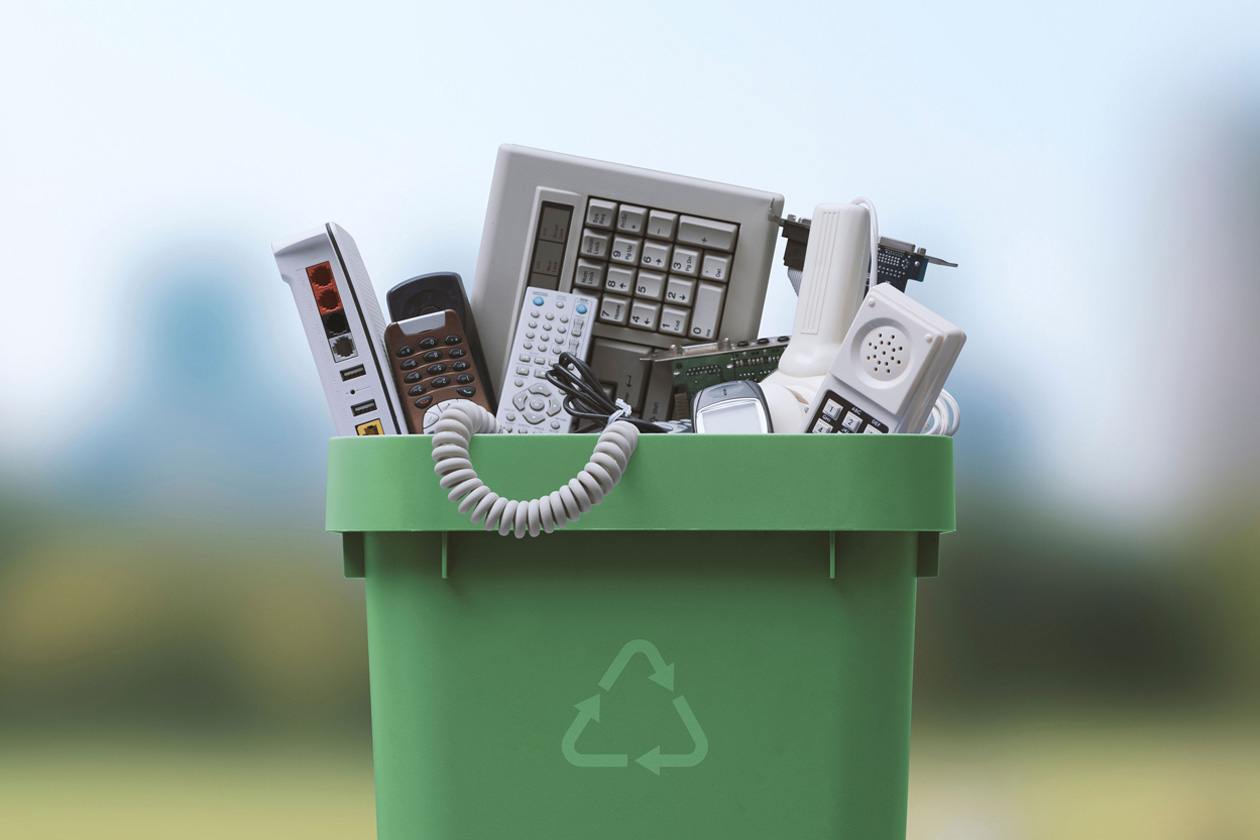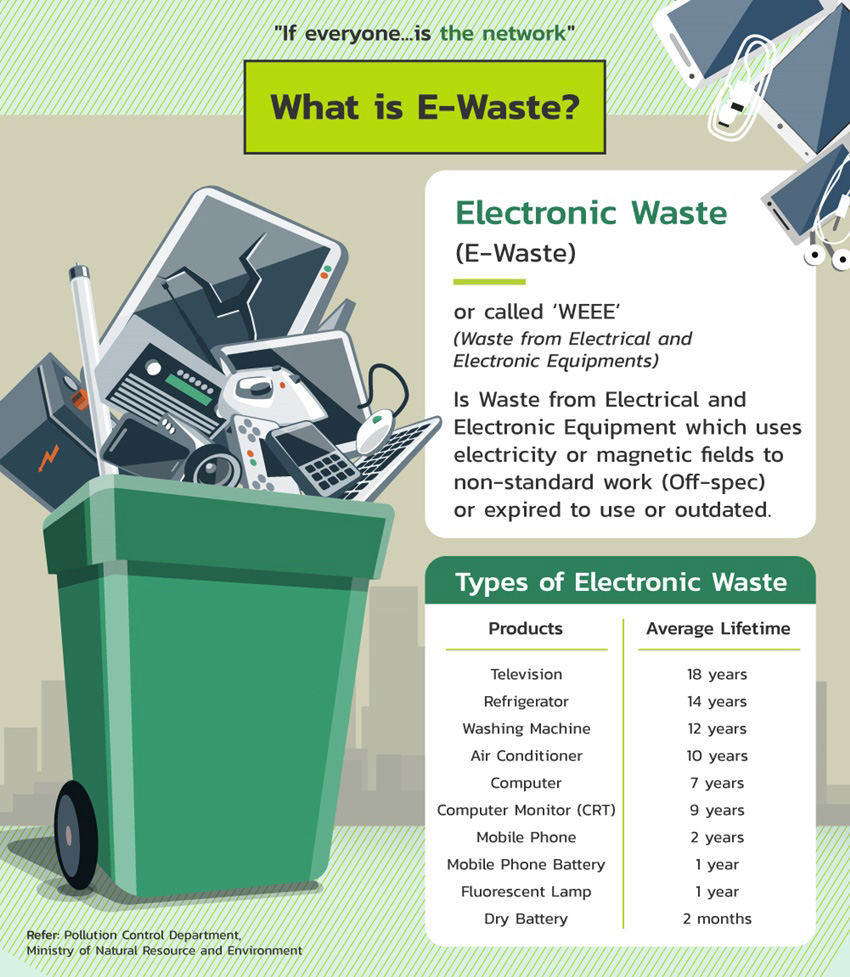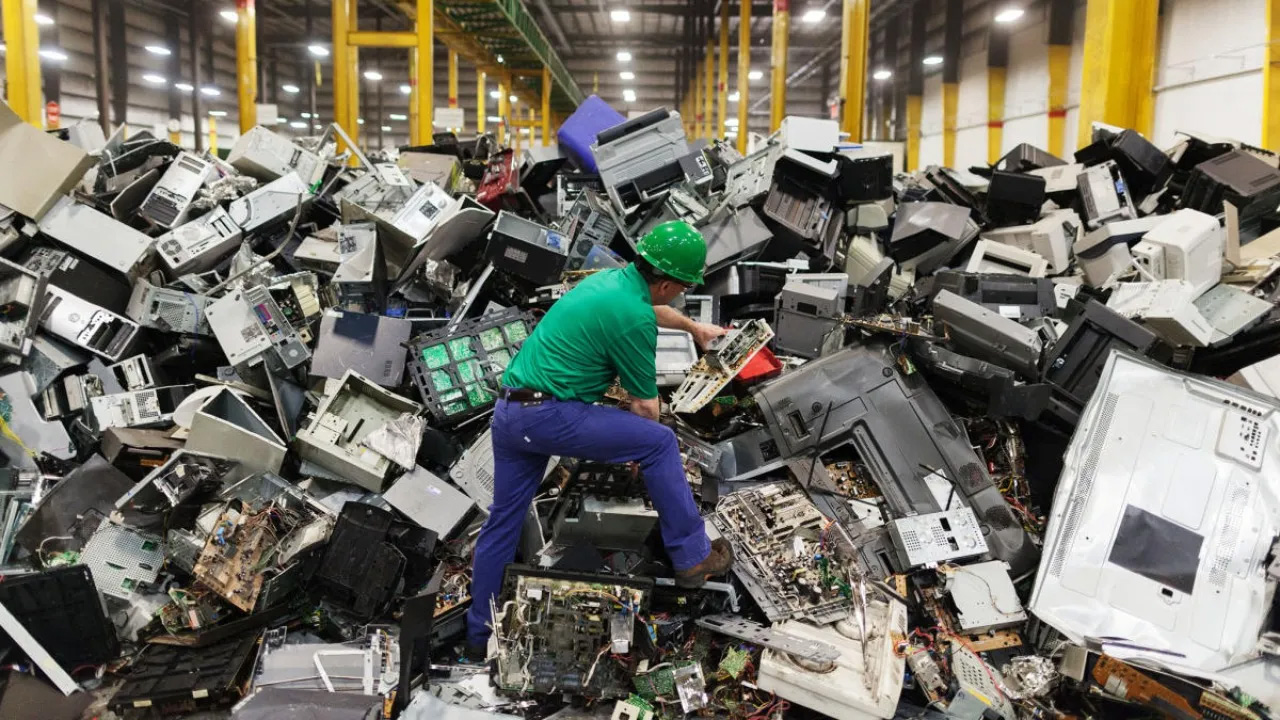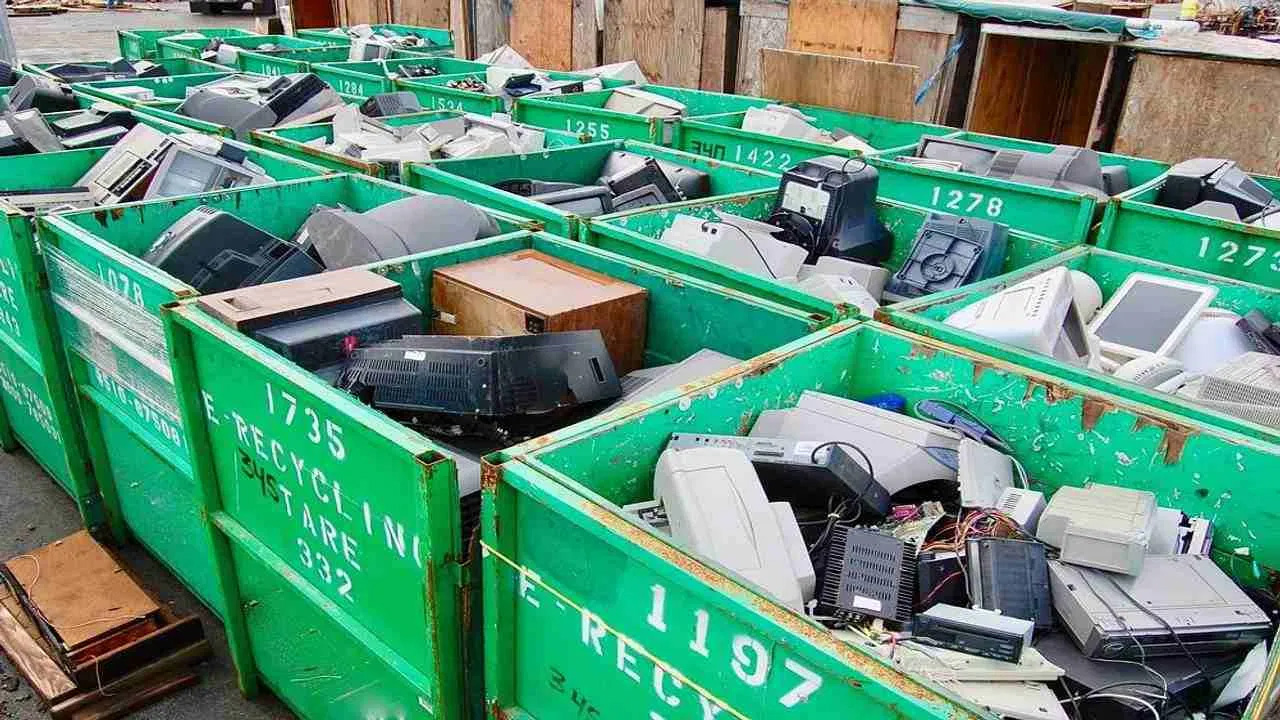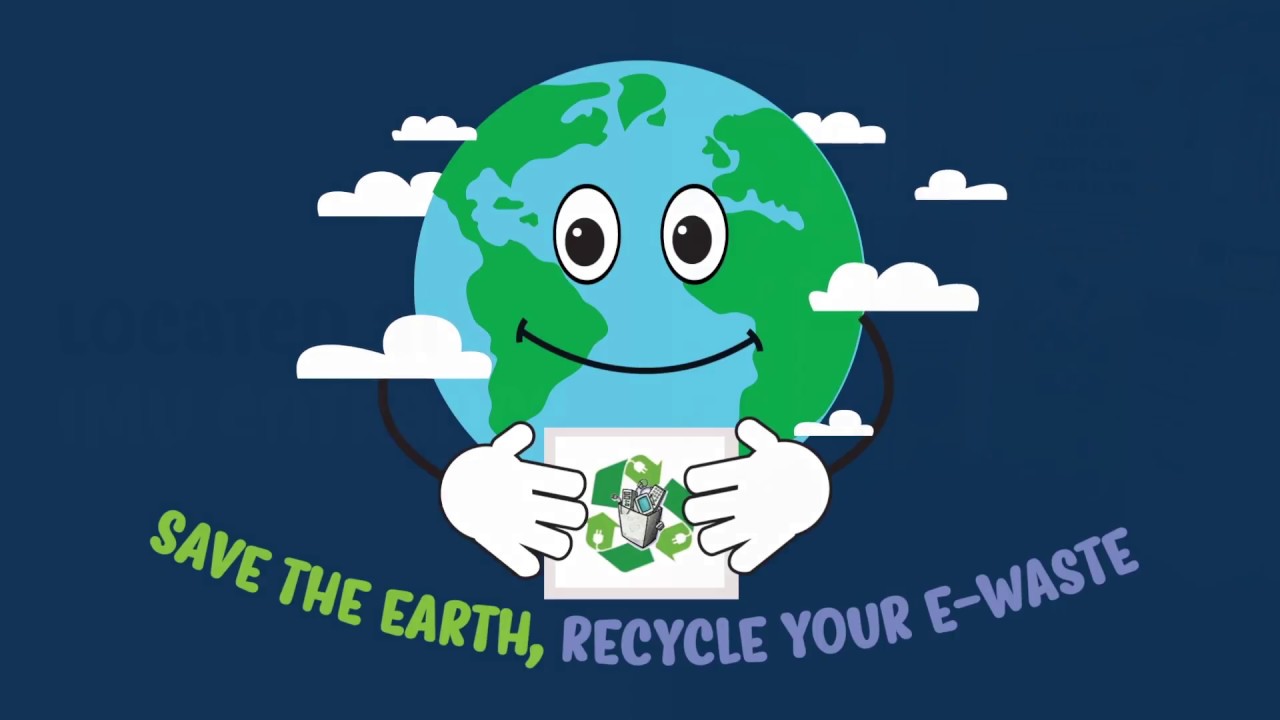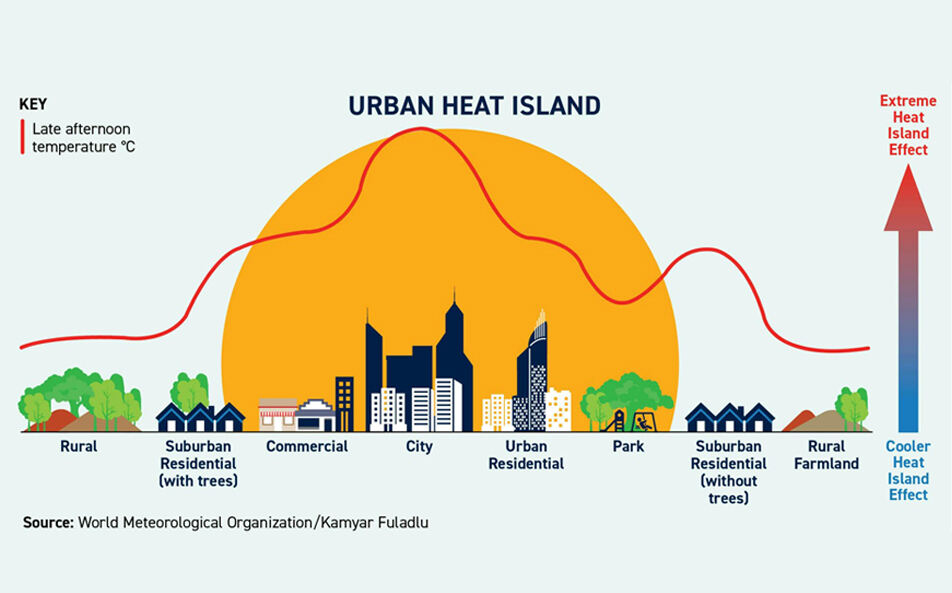
The United Indian

The rapid advancement of technology has undoubtedly revolutionized the way we live, work, and communicate. Tech giants constantly churning out newer, sleeker gadgets. Our smartphones become obsolete in a blink, computers struggle to keep up with software upgrades, and televisions morph into ever-flatter, bigger screens. The flip side of this technological marvel, however, is a growing mountain of electronic waste, or e-waste.
Understanding E-Waste: What Is It?
E-waste encompasses any discarded electronic device with a plug, battery, or circuit board. From once-loved smartphones to outdated TVs, from printers to discarded power tools, this electronic graveyard keeps expanding at an alarming rate. In 2022 alone, the world generated a staggering 53.6 million metric tons of e-waste, equivalent to the weight of 5.3 billion double-decker buses!
More Than Just Discarded Devices: The Hidden Dangers of E-waste
Unlike regular garbage, e-waste is extremely harmful. These are a cocktail of hazardous materials like lead, mercury, arsenic, and cadmium. When dumped in landfills, these toxins can leach into the soil and water, poisoning our environment and posing serious health risks. Additionally, the incineration of e-waste releases toxic fumes into the atmosphere, contributing to air pollution and climate change.
Lead, for example, can damage the nervous system and impair cognitive development, particularly in children. Mercury can harm the brain, lungs, and kidneys. Arsenic, a known carcinogen, can increase the risk of various cancers. These are just a few examples of the dangers lurking within our discarded electronics.
Beyond the Toxins: A Waste of Valuables
But the problem goes beyond environmental and health concerns. E-waste also represents a staggering waste of valuable resources. These discarded devices contain precious metals like copper, gold, and silver, along with rare earth elements crucial for modern technology. By burying these resources in landfills, we are not only polluting the environment but also depleting vital resources for future generations.
Taking Action: From Problem to Progress
Fortunately, the e-waste story doesn't have to end in environmental and resource devastation. We can transform this problem into progress by adopting responsible e-waste disposal practices. Proper e-waste disposal is crucial for minimizing environmental harm and preserving natural resources. Recycling electronic devices enables the recovery of valuable materials such as precious metals, plastics, and glass, reducing the need for raw material extraction and energy-intensive manufacturing processes. Here's how you can be a part of the solution:
Know Your Options:
- Donate: If your device is still in good condition, consider giving it a second life. Charities, schools, and community centers often accept functional electronics, providing someone else with a valuable tool while keeping it out of landfills.
- Recycle: Most cities and towns have designated e-waste recycling facilities. Look for certified recycling centers that ensure proper handling and processing of hazardous materials. Many electronics retailers also offer take-back programs where you can return your old devices for responsible recycling.
- Manufacturer Take-back Programs: Many electronics manufacturers, like Apple and HP, have established take-back programs where you can return your old devices for free or at a minimal cost. These programs ensure responsible recycling and resource recovery.
- Research Certified Recyclers or Professional E-waste Disposal Companies: When disposing of electronic devices, it is essential to choose certified recyclers who adhere to environmentally sound practices. For businesses or institutions with large quantities of e-waste, specialized disposal companies offer responsible collection and treatment services. These companies ensure proper handling and disposal of hazardous materials, meeting environmental regulations and ethical standards. Look for recycling facilities that are certified by recognized organizations and comply with e-waste regulations and standards.
Remember:
- Never dispose of e-waste in the regular trash! Landfills are not equipped to handle the hazardous materials they contain.
- Burning e-waste is equally harmful. Burning releases toxic chemicals into the air, further polluting the environment.
- Dumping e-waste illegally is not only irresponsible but also potentially punishable by law.
- Taking the Extra Step: Responsible Disposal Tips
Beyond choosing the right disposal method, here are some additional tips for responsible e-waste management:
- Erase your data: Before donating or recycling devices, ensure you erase all personal data to protect your privacy. Most devices have built-in factory reset options, or you can consult data security professionals for secure data wiping.
- Remove batteries: Separate batteries from devices before disposal, as they have specific recycling guidelines. Many electronics stores accept used batteries for responsible recycling.
- Research your options: Choose reputable recycling facilities or certified disposal companies that follow responsible practices and adhere to environmental regulations. Look for certifications like e-Stewards or R2 to ensure ethical and environmentally sound disposal.
What is e-waste recycling?
E-waste recycling makes sure that the valuable components are taken out of your waste for possible second use and that hazardous elements are segregated before the remainder is disposed of in a landfill.
Recycling e-waste has several advantages beyond safeguarding the environment and public health. Since non-renewable minerals make up the majority of the materials used to create computers and smartphones, recycling these materials can keep the supply of consumer goods, which are an inescapable part of life, from being stopped until viable alternatives are found. Recycling common but non-renewable minerals nevertheless provides economic benefits, even though in some circumstances the non-renewable resources are not necessarily uncommon.
For instance, recycling lithium-ion batteries will add to the market's supply of lithium, enabling companies to create batteries and electric cars that are more affordable while still meeting consumer and environmental standards.
How Is Recycling of E-Waste Done?
Recycling e-waste is far more difficult than recycling traditional waste. Manual sorting is usually the initial stage in the recycling process. Workers classify e-waste based on types and models after it has been collected and transferred to recycling facilities. After that, every electrical gadget will be inspected, and the pieces that are still usable will be taken out and sold separately or combined to create a brand-new computer or phone. The non-functional electronic waste that is left over will be processed for recycling.
The process of deconstructing a product into its component parts is known as de-manufacturing, and it is the step that comes before e-waste is tossed into this massive machine and shredded into tiny pieces. This process eliminates any potentially dangerous elements from electronic gadgets that, if dumped in a landfill, could damage the equipment or poison the surrounding area. Given that so many materials, including plastic, can serve as fuel sources, toner found in photocopiers, for instance, is highly combustible and explosive and has the potential to blow up processing equipment if it is shredded. This procedure is crucial and needs to be carried out by professionals.
Metals, the valuable components that turn e-waste recycling into a lucrative business, will be extracted from the rubbish after it has been shred. In contrast to the previous sessions, this method doesn't need any manual sorting. All ferromagnetic materials with strong susceptibilities to magnetization, such as steel and iron, will first be drawn to a massive magnet. Subsequent mechanical processing then separates the remaining metals and alloys according to a physical law known as Eddy Current, which states that non-magnetic materials, such as plastic, will continue to flow while paramagnetic materials, which are weakly attracted to magnets, will bounce away when an electric current is induced by an alternating magnetic field with a repulsive force.
Water is then used to further separate the waste. By this point, nearly all of the materials left over are non-magnetic; they will pass through another water-filled machine where glass and other materials with higher relative densities will sink while low-density materials, such as plastic, will flow. Lastly, it's important to see if any precious materials are still adhered to the plastic before recycling goods are sold.
Together, We Can Make a Difference
E-waste disposal is not just about decluttering your closet or office; it's about protecting our planet and securing a healthier future for ourselves and future generations. By adopting responsible disposal practices, we can break the cycle of e-waste pollution and transform this growing problem into a source of valuable resources.
Trust us, small actions can make a big difference. Every device recycled, every battery properly disposed of, every responsible choice we make adds!
Read more in Environment
May 27, 2025
TUI Staff
May 27, 2025
TUI Staff

Stay Tuned with The United Indian!
Our news blog is dedicated to sharing valuable and pertinent content for Indian citizens. Our blog news covering a wide range of categories including technology, environment, government & economy ensures that you stay informed about the topics that matter most. Follow The United Indian to never miss out on the latest trending news in India.
©The United Indian 2024

